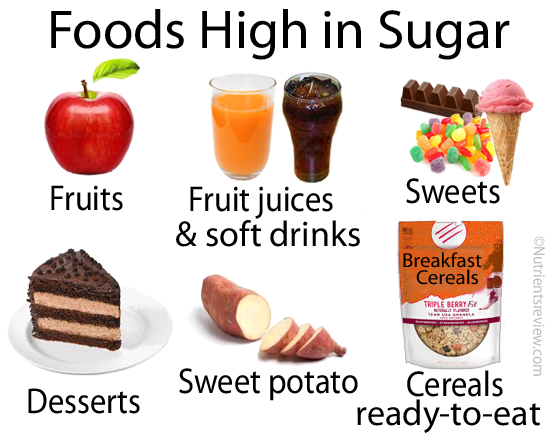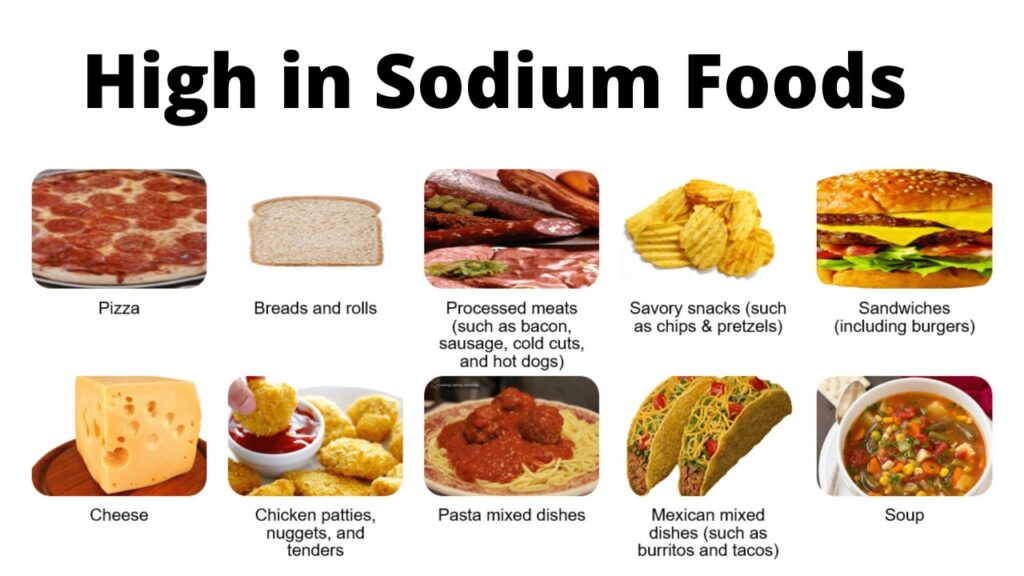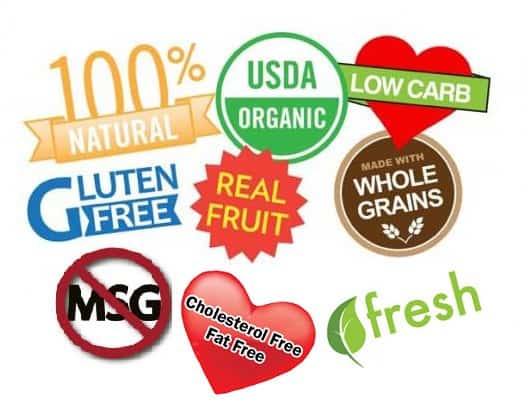6 Red Flags of Unhealthy Foods: Identifying Warning Signs for Better Nutrition
Table of Contents
In today’s fast-paced world, where convenience often precedes nutritional value, we must be mindful of the foods we consume. While some foods may seem harmless or appealing, they can frequently hide unhealthy ingredients or contribute to negative health outcomes.
By recognizing the red flags of unhealthy foods, we can make informed choices that support our overall health and well-being. In this post, we’ll look into the six key indicators that signal unhealthy foods, empowering you to navigate the grocery aisles with confidence and prioritize nutritious options for optimal nutrition.
6 Key Indicators That Signals Unhealthy Foods:
- High Sugar Content:

High sugar content is one of the unhealthy foods’ most common red flags. Excessive sugar intake has been linked to a host of health problems, including obesity, type 2 diabetes, heart disease, and dental cavities. While some foods naturally contain sugars, such as fruits and dairy products, added sugars in processed foods and sugary beverages can quickly add up and contribute to health issues.
Check out:
Regular Health Check-ups: The 6 Lifesaving Importance, Investing in Your Well-being
- Artificial Ingredients:

Unhealthy foods often contain many artificial ingredients, including preservatives, synthetic colours, flavours, and sweeteners. These additives are used to enhance taste, appearance, and shelf life but offer little to no nutritional value and may pose health risks in the long term. Some artificial ingredients have been linked to allergic reactions, hyperactivity in children, and even cancer.
- High Trans Fat Content:
Trans fats are artificial fats commonly found in processed and fried foods. These fats are notorious for their detrimental effects on heart health, as they raise LDL (bad) cholesterol levels and lower HDL (good) cholesterol levels, increasing the risk of heart disease and stroke.
Foods containing hydrogenated or partially hydrogenated oils are likely to contain trans fats. Keep an eye out for these unhealthy fats on food labels and choose products that are free from trans fats or contain minimal amounts.
- Excessive Sodium Levels:

Another red flag of unhealthy foods is excessive sodium levels. While sodium is an essential mineral that plays a vital role in bodily functions, consuming too much can lead to high blood pressure, heart disease, stroke, and kidney damage.
Processed and packaged foods, including canned soups, snacks, condiments, and frozen meals, are often loaded with sodium to enhance flavour and preservation. Cooking meals from scratch using fresh ingredients allows for better control over sodium intake.
See also:
9 Proactive Preventive Steps For Common Illnesses: Your Comprehensive Guide
The Vital Roles of Sleep: 6 Powerful Strategies to Enhance Health and Productivity.
Regular Physical Activity Benefits: Powerful Link To Mental Health
- Low Nutrient Density:
Unhealthy foods are often low in essential nutrients and high in empty calories, providing little nourishment and leaving you feeling unsatisfied. These foods typically lack vitamins, minerals, fibre, and other beneficial compounds necessary for optimal health. Examples include sugary snacks, refined grains, fried foods, and sugary beverages.
Instead of filling up on empty calories, prioritize nutrient-dense foods such as fruits, vegetables, whole grains, lean proteins, and healthy fats. These foods provide essential nutrients that support overall health and well-being while promoting satiety and long-term weight management.
- Misleading Marketing Claims:

Lastly, be wary of misleading marketing claims that make unhealthy foods appear healthier than they are. Terms such as “all-natural,” “low-fat,” “organic,” or “gluten-free” do not necessarily equate to nutritious or healthy.
Many processed foods labelled as “low-fat” or “fat-free” compensate for the reduced fat content by adding extra sugar or artificial ingredients to enhance flavour.
Similarly, “organic” or “gluten-free” junk foods may still be high in sugar, sodium, or unhealthy fats. Don’t be swayed by marketing tactics; instead, focus on reading ingredient lists and assessing the overall nutritional value of foods.
Conclusion:
By recognizing the red flags of unhealthy foods, you can make informed choices that support your overall health and well-being. Avoiding foods high in sugar, artificial ingredients, trans fats, sodium, and empty calories while prioritizing nutrient-dense options is key to maintaining a balanced diet and reducing the risk of chronic diseases. Remember to read food labels, choose whole, minimally processed foods whenever possible, and be sceptical of misleading marketing claims. By taking control of your food choices, you can nourish your body and thrive with optimal nutrition.
